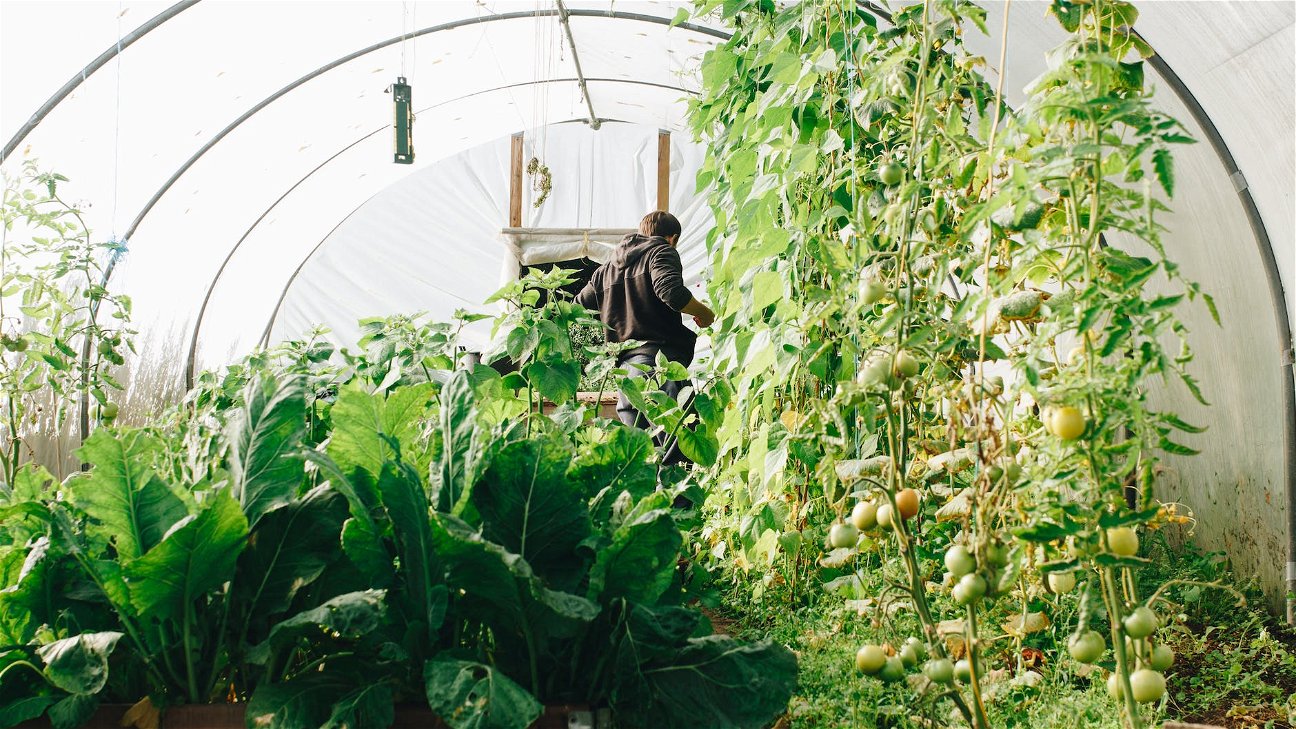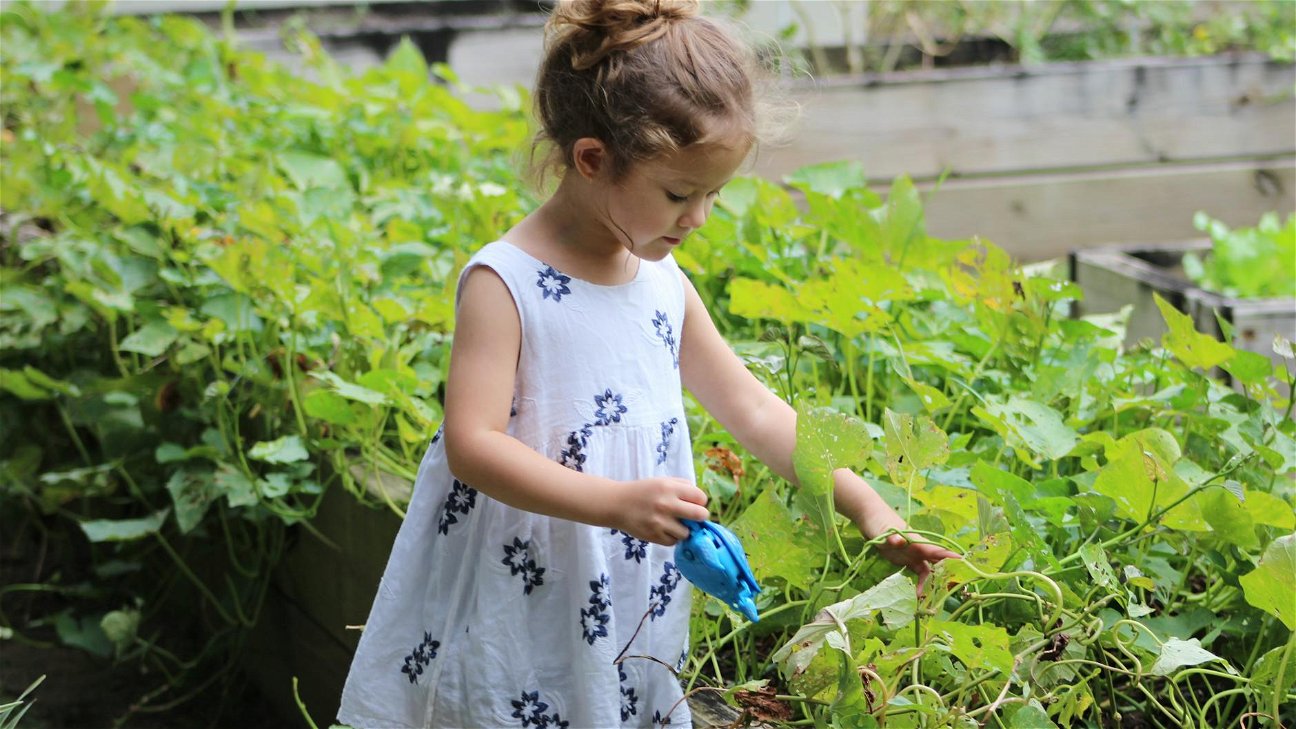
You might have been digging in your garden and noticed that the soil isn't uniform all the way deep down. It has different layers, each with its own color, texture, and composition. This is what we call soil layering, and it has an enormous impact on how well your plants grow. Understanding these layers can help you make better decisions about planting, watering, and fertilizing your garden.
A glimpse into soil layers
Typically, a garden soil profile is divided into three main layers or horizons. These are the Topsoil (O and A horizon), Subsoil (B horizon), and Parent rock (C horizon). Let's dive into each of these layers.
1. Topsoil (O and A horizon)
The topmost layer of soil is usually dark in color due to the presence of organic matter. It's the layer from which plants extract most of their nutrients. The O horizon is the organic layer that contains decomposed leaves, grass, and other plant materials. The A horizon, also known as the surface soil, contains a mix of organic material (humus) and mineral particles.
2. Subsoil (B horizon)
Below the topsoil is the subsoil, which has fewer organic materials and more minerals. It's typically lighter in color. This layer accumulates iron, clay, aluminum and organic compounds leached from the topsoil.
3. Parent rock (C horizon)
This is the deepest layer, composed mainly of large rocks or the bedrock. It serves as the source of the mineral content found in the upper layers.
Here is a simple illustration of how these layers stack up:
Importance of understanding soil layers
Knowing what lies beneath the surface of your garden is crucial for several reasons. Firstly, different plants have roots that reach to different depths. By knowing the composition of your soil at various depths, you can choose plants that will thrive in your garden's soil profile.
Secondly, understanding your soil layers can guide your watering strategy. Water penetrates soil layers at different rates. Sandy soil, for instance, drains quickly, while clay soil retains water longer.
Finally, understanding the soil profile can inform your fertilization strategy. If your topsoil lacks certain nutrients, you can add specific fertilizers to replenish those elements.
How to improve your soil layers
Improving your soil involves adding amendments to enhance its structure, drainage, and nutrient content. This process, known as soil conditioning, can involve the addition of organic matter like compost or manure, or inorganic materials like gypsum or lime. Each of these amendments has a unique effect on the soil, and it's crucial to understand what your soil needs before adding these materials.
Understanding the layers of soil in your garden is a fundamental part of horticulture. It informs your gardening practices and helps you create the optimal environment for your plants to flourish.










